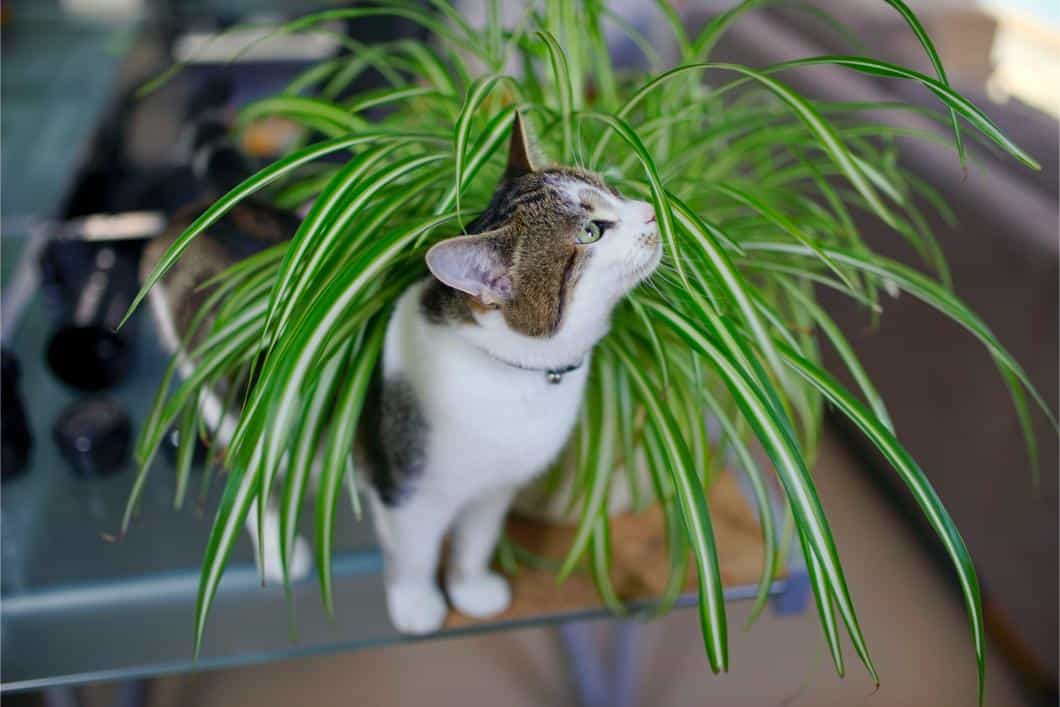Common Summer Pet Hazards & How to Stay Safe


Summer time, and the livin’s easy! Keep reading for ways to avoid summer pet hazards and help the season stay easy:
Toxic Summer Plants
One reason we all love summer so much is the beauty that nature brings through lush greenery and bright flowers. But some of these plants can be perilous to pets, whether in the garden, park, or home.
Among the most dangerous is the Sago Palm because every part of the plant, from frond to seed, is poisonous. Dogs may experience severe GI symptoms, liver failure, and even death.
Similarly, all sorts of lilies can be fatally toxic to cats. While some varieties of lily can lead to minor stomach upset, others, such as Tiger and Easter Lilies, can cause kidney failure—sometimes after a kitty chews just one leaf or grooms just a few grains of pollen from their fur. The safest route is to keep lilies out of a cat-friendly home.
Some other top contenders for problematic plants are:
- Crocuses
- Laurels
- Nightshades
- Ivies
- Garlic
- Onion
In addition to toxins, consider all aspects of a plant when you think about protecting your pets, including thorns, barbs, fertilizers, and pesticides. Refer to this ASPCA Poison Control list when choosing garden or houseplants, and stick to on-leash walks so you can more easily keep your pets away from dangerous plants.
Avoiding Pesky Summer Pests
It’s basically impossible to spend time outdoors in the summer without encountering mosquitoes, fleas, or ticks. Those creepy crawlies often don’t discriminate; they’ll bite you or your pet, whoever is closest! You can treat your yard with “pet-safe” products, but look into any company’s pet-safe claims with care, and no matter what, give the treatment plenty of time to dry before anyone in your family comes in contact with it. When in doubt, ask our veterinary team for insight.
When out and about in the bugs’ domain, wear long sleeves and pants when you can, and check yourself for pest hitch hikers when you get back home. A tick could cling to your socks, then bite your dog or cat inside your home—without even thanking you for the ride! Comb through your pet’s fur, too. If you see fleas hopping, flea “dirt” (actually feces!), or attached ticks, those are all cause for concern.
We at Animal Care Unlimited don’t recommend many over-the-counter treatments for any of these issues because they can be irritating or downright toxic. Contact us for guidance about possible flea infestations. If you find an embedded (attached) tick, use tweezers to “grab the tick adjacent to your pet’s skin (at the tick mouthparts), twist the tick gently, then pull the tick away from the skin.” Don’t squeeze the tick, and pull firmly—but not hard enough to break the critter apart before removal. It may still be alive, so flush it or dispose of it in some other manner that ensures it can’t just come back to bite again.
Of course, prevention is best for protecting your pets, yourself, and your home. If your dog or cat is current on flea, tick, and heartworm prevention, you drastically lower the risk of heartworms, Lyme, Ehrlichia, and other vector-borne illnesses, many of which can affect both humans and companion animals. Need a preventive refill? We’re here for you!
Keep Your Cool
While soaking up the summer sun with your pets, be sure to soak up plenty of water, too! Dehydration is dangerous and can quickly become fatal; lack of fluid upsets electrolyte balance, affects blood flow, and can lead to organ failure. Signs of pet dehydration include:
- Sticky, dry, or discolored gums
- Lethargy
- Excessive panting and/or labored breathing
- Loss of skin elasticity
- Sunken eyes
- Confusion, disorientation, and/or stumbling
- Collapse
Pet heatstroke is another hot weather risk. We hope that it goes without saying that you should never leave your pet alone in a car, particularly in the summer, but heat stroke can occur anywhere with increased heat and humidity. Dogs and cats do not have the same sweat gland setup as humans, so they may struggle to naturally regulate their own body temperatures. Aside from loss of skin elasticity and sunken eyes, the signs of heat exhaustion in our pets are similar to the signs of dehydration. In fact, these conditions may occur simultaneously. You should seek veterinary care immediately if you suspect either in your dog or cat.
It’s important to stay hydrated, pest-free, and generally safe as much as possible, during the summer and all year long. But if you and your pets do encounter a summer hazard, you’ll be happy that you bookmarked our Pet Emergencies page for quick access for pet medical care at any time—though we hope you never need it!
